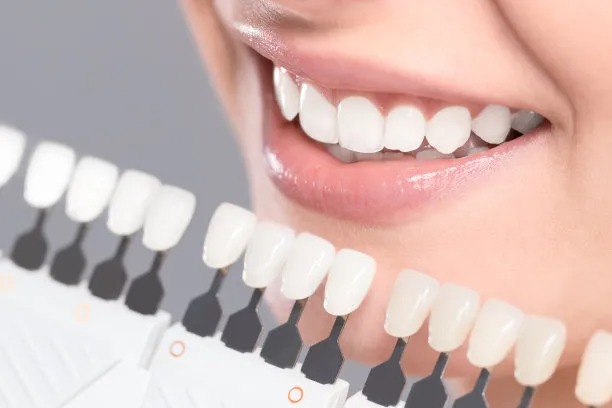The Step-by-Step Guide to Safely Extracting a Tooth at Home Without Professional Assistance
Summary: Extracting a tooth at home can be an overwhelming task, especially without the guidance of a dental professional. This article serves as a comprehensive guide to safely extracting a tooth at home, outlining the necessary preparations, techniques, aftercare, and precautions to help individuals navigate this process with confidence. Understanding the risks involved and ensuring proper hygiene are paramount in this guide, which aims to equip readers with knowledge and practical steps to manage their oral health effectively. With careful attention and preparation, one can follow these guidelines to minimize discomfort and complications, ultimately ensuring a smoother tooth extraction experience at home.
1. Preparing for the Tooth Extraction

The first step in safely extracting a tooth at home is thorough preparation. This involves understanding the reasons for the extraction and ensuring that it is really necessary. Consult a dental professional if possible, as they can provide insights into the condition of your tooth and whether extraction is warranted.
Once you are certain about the decision, gather all the necessary tools. Essential items include sterile gloves, a clean pair of pliers or dental forceps, antiseptic solution, gauze pads, and ice packs. By having these items readily available, you can avoid interruptions during the procedure.
Additionally, consider your overall health and any potential medical conditions that may complicate the extraction. Patients with bleeding disorders or those taking certain medications should consult with a healthcare provider before proceeding. Ensuring you’re in good health is crucial for a safe and successful tooth extraction.
2. The Tooth Extraction Procedure
With proper preparations made, it’s time to proceed with the extraction itself. First, ensure that the area around the tooth is clean. Rinse your mouth with warm salt water or an antiseptic solution to reduce the risk of infection and promote a sterile environment.
Next, place a gauze pad over the tooth and apply some pressure. The aim is to minimize bleeding and provide a firm grip when using the pliers or dental forceps. Make sure to grip the tooth firmly and gently rock it back and forth to loosen it from the surrounding gum tissue.
Once the tooth feels loose, apply a steady, controlled pull. Do not use excessive force, as this can cause more damage to the surrounding area. Be patient, and if any resistance is felt, re-assess the tooths looseness before attempting to pull again. After the tooth is removed, you can clean the area again to ensure any remnants are cleared away.
3. Aftercare Following Tooth Extraction
After the extraction, proper aftercare is vital to help ensure healing and minimize complications. Start by applying a clean gauze pad over the extraction site and keeping it in place for about 30 minutes, which will assist in controlling bleeding.
After the initial bleeding has stopped, avoid any strenuous activities that could increase blood flow to the mouth. Rest is essential, so lay down and keep your head elevated to further minimize bleeding. You can also apply ice packs to the outside of your cheek for the first 24 hours to reduce swelling.
Diet also plays a significant role in recovery. Stick to soft, bland foods for a few days and avoid hot or spicy items that could irritate the extraction site. Stay hydrated but avoid using straws for at least a week, as the suction can dislodge the blood clot that forms in the socket.
4. Recognizing Complications and Seeking Help
Despite following all precautions, complications can still arise after a tooth extraction. One of the most common issues is excessive bleeding. If the bleeding does not subside after a few hours, it’s crucial to seek professional help immediately.
Another potential complication is dry socket, which occurs when the blood clot dislodges or dissolves before the wound has healed. Symptoms of dry socket include severe pain and foul odor from the mouth. If you experience these symptoms, it’s essential to consult a dentist for treatment.
Additionally, keep an eye out for signs of infection, which may include swelling, fever, or pus discharge. If any of these symptoms occur, do not hesitate to contact a healthcare professional for further evaluation. A timely response can prevent more severe health issues.
Summary:
This article has provided a comprehensive overview of the necessary steps to safely extract a tooth at home, from preparation to aftercare and recognizing complications. While it is possible to perform a tooth extraction without professional assistance, it is imperative to take all precautions and be prepared for anything that may occur during the process.
This article is compiled by Vickong Dental and the content is for reference only.



